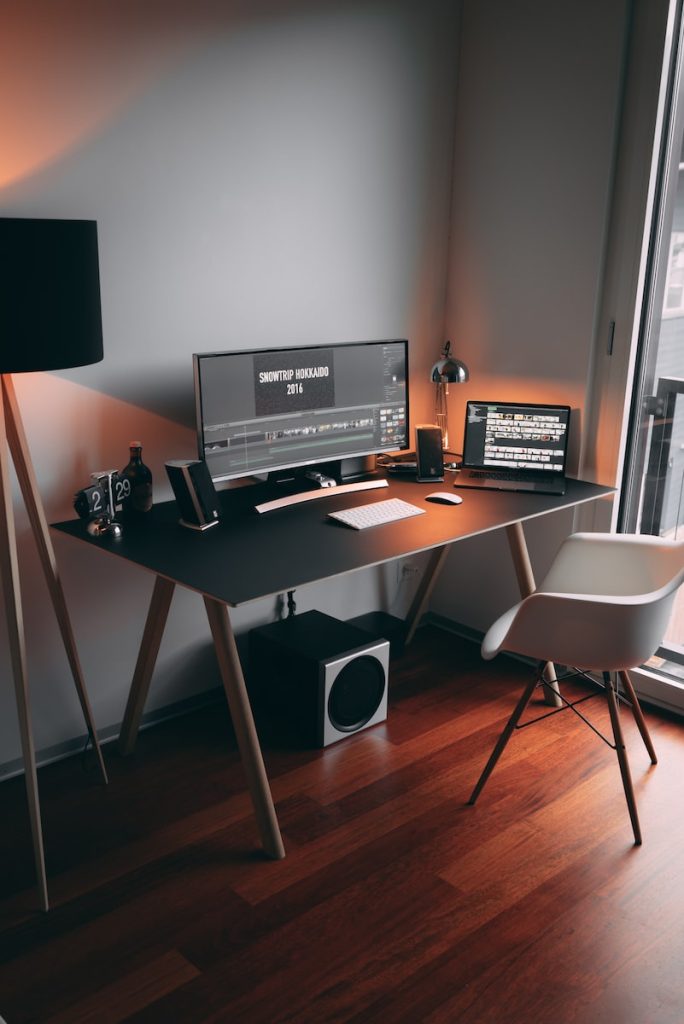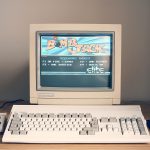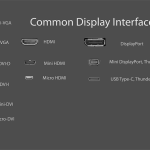Introduction
With so many different sizes and shapes of computer monitors on the market, it can be tough to know which is best for you and your needs. Do you need a widescreen? A square monitor? What’s the difference between them, anyway? And what’s a good size for a second monitor? In this article, we’ll answer all these questions and more to help you make an informed decision about which type of monitor is right for you.
And don’t worry if the options for computer monitor screen sizes seem to be endless. Whether you’re looking for a small screen for a simple set-up or a large screen for gaming or graphic design, there’s a size out there that will fit your needs ( and we can help you find it! ) Whether you’re looking for the best gaming monitor, or just one for your work at home station we have you covered.
How to figure out what size monitor you need:
First and foremost, you need to decide what size monitor you need. The most common sizes are 17 inches, 19 inches, 20 inches, 22 inches, 24 inches, and 27 inches. The best way to determine which size is right for you is to measure the distance from your eyes to where the monitor will be placed. For example, if you’re going to be placing the monitor on your desk and you sit about two feet away from it, then a 24-inch monitor would be a good choice.
If you already know the size you’re looking for and just want to know which monitors we think are best don’t worry, we don’t want to waste your time. Just click here to find out which 5 computer monitors were the best in our reviews.
How to figure out the shape of the monitor you need
Once you’ve decided on the size of your monitor, the next thing to consider is shape. Do you want a wide screen or a square monitor? Again, this decision comes down to personal preference and what fits best in the space where you’ll be placing the monitor. That said, some people find that wide screens are better for multitasking because they allow you to have multiple windows open side by side without overlap.

Common computer monitor sizes
When it comes to choosing a computer monitor, size does matter. A bigger screen can make a big difference in productivity, whether you’re working on graphics-heavy projects or simply want more room to spread out your work. But with so many size options available, how do you know which one is right for you?
Here’s a look at some of the most common screen sizes for computer monitors, from small to large:
17 inches
This is the smallest standard screen size for a desktop monitor ( and usually best for a second screen or backup). If you’re looking for portability or want to save desk space, a 17-inch monitor may be a good option. But keep in mind that with how things are trending this screen size as your main monitor might get tiring real fast.
19-21 inches
This is a good size for general use and web browsing. If you’re not doing anything too intensive, this size will suffice. However, if you’re looking to do any sort of graphic design or video editing, you’ll want to go with a larger size.
22-24 inches
This is a good middle-of-the-road option. It’s large enough for most tasks but not so large that it becomes unwieldy. This is a good option to consider if you’re looking for a versatile all-purpose monitor.
25 inches and up
Once you reach the 25-inch range and beyond, you’re in what’s known as “super widescreen” territory. These monitors are great for gaming, watching movies, and working with multiple programs side-by-side. However, they can be cumbersome to use if you’re not used to working with such a large display.
Do you need a secondary monitor?
Finally, if you’re looking for a second monitor, then it’s important to consider both size and shape. A good rule of thumb is to get a second monitor that’s about half the size of your primary one. For example, if your primary monitor is 24 inches, a good choice for a second monitor would be 22 inches. As far as shape goes, it’s generally best to match the shape of your primary monitor so that everything looks cohesive.

What’s the Best Resolution?
We’ve already done a full article on what screen resolution is and what it means for your computer monitor, but we thought we’d throw this section in just in case you didn’t get a chance to read that article.
Once you’ve figured out the size you’re looking for you’ll need to decide on a resolution. Resolution is measured in pixels and refers to how many pixels are displayed on your screen. The higher the resolution, the sharper and clearer your image will be. Most monitors have a resolution of at least 1280×720 (720p), but if you want HD-quality images, look for a resolution of 1920×1080 (1080p). 4K monitors are also becoming increasingly popular—they have a resolution of 3840×2160 (4K UHD)—but they can be expensive. For most people, 1080p is more than sufficient.
Conclusion
Choosing the right computer monitor size is important if you want to be productive, efficient, and comfortable while working at your desk. 19-21 inches is good for general use, 22-24 inches is versatile, and 25 inches and up is best for gaming and working with multiple programs side-by-side. If you frequently have to reference other programs or documents while working, consider getting a second monitor—ideally one that’s 22-24 inches in size.




